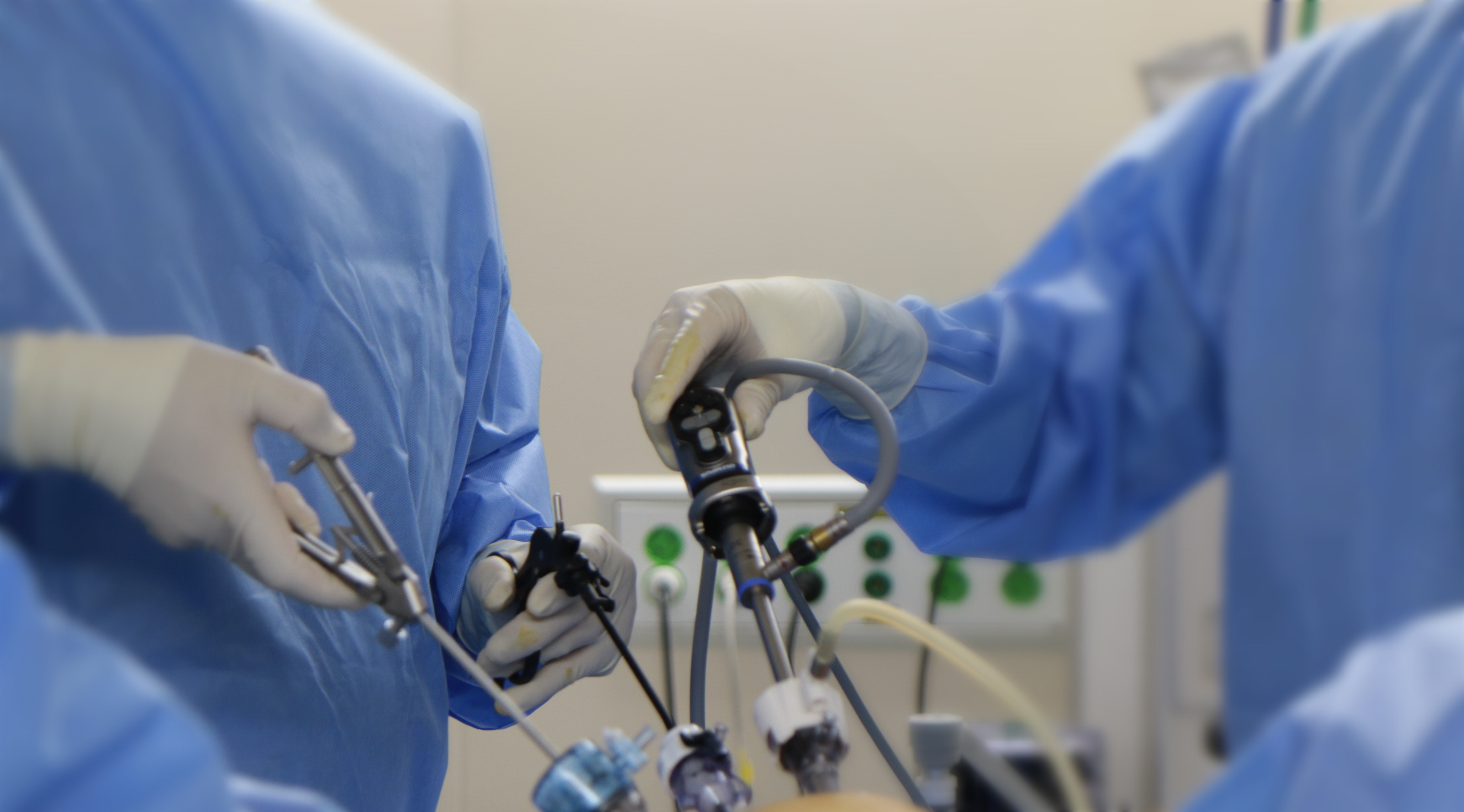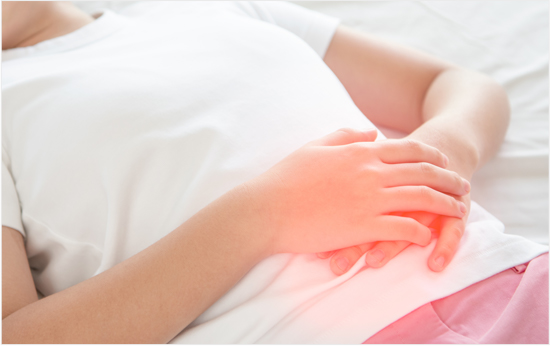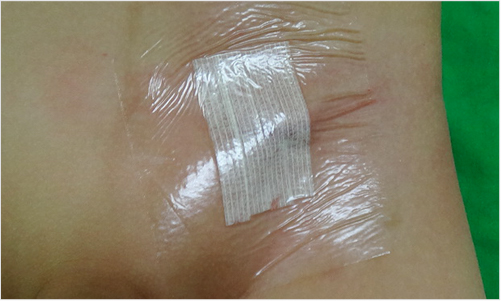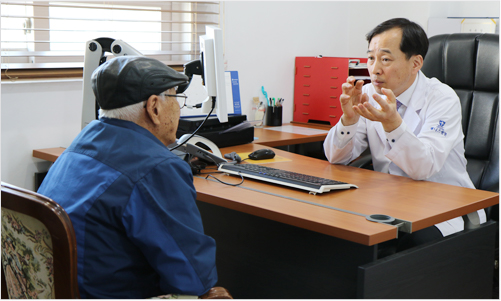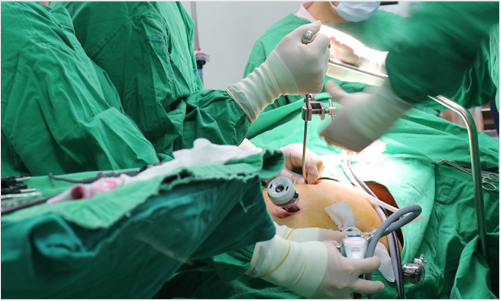From the moment we first meet with patients,
we will take care of them like a family with faith, hope, and love.
Wellness Hospital treats even the hearts of customers through experts treatment and specialized medical services.
Laparoscopy is a method of performing surgery by making a small hole in the abdominal wall and inserting a special camera to see the inside of the abdominal cavity. It also involves inserting surgical instruments through several other holes, and is also being widely used for other diseases in other medical departments.
In Korea, it was first known as a procedure for sterilization in the field of obstetrics, and gradually began to be introduced into the surgical departments in the late 1980s.
2
Advantages and Disadvantages
Above all, the biggest advantage is that it does not leave large scars that usually were caused by the traditional laparotomy. Therefore, there is less stress on our body after surgery, and the pain and hospitalization period after surgery can be reduced. Therefore, the period to return to normal life after surgery is much shorter.
However, laparoscopic surgery may not be a good option for all patients. For example, if there is a history of laparotomy and the adhesion of the organs in the abdominal cavity is severe, it is difficult to secure a clear view during the surgery and the operation time would be too long, which can cause many side effects. Therefore, we can expect positive results only when the surgical method is selectively decided after thorough examination of the condition or characteristics of the patient.
In the early stage, laparoscopic surgery was applied only to sterilization of women, and then gradually developed into cholecystectomy, appendectomy, and diagnostic laparoscopic surgery. The scope of application has been expanded to almost all surgical, obstetric and gynecological diseases, including resection of malignant tumors, hernia surgery, thyroidectomy, hysterectomy and ovarian surgery. The current robotic surgery can also be considered as an advanced form of laparoscopy.
4
Post Surgery Care to Help Patients Recover More Easily and Quickly
-
· Laparoscopic Ventral Mesh Rectopexy
An experienced surgeon and a team dedicated to postsurgical care can make precise and tailored sutures for each skin layer according to the patient's individual skin texture and incision depth. Traditional surgical methods leave scars due to stitches, but recently through LVMR, scars are minimized by using Steri Strip and Dermabond.
-
· Laparoscopic Hernia Surgery
We perform abdominal wall reinforcement surgery using a special artificial membrane tailored to the individual patient, thus significantly lowering postoperative pain and shortening the length of hospital stay.
-
· Laparoscopic Anterior Rectopexy (The only hospital that can provide this surgery in Busan)
Patients with rectal hernia are mostly in old age, and they have more to lose than gain from laparotomy. If the protruding intestine is cut or peeled off, it will cause heavy bleeding. Through this advanced method, we can result in high satisfaction among patients, with less pain and faster recovery speed.
-
1
Fewer side effects compared to traditional laparotomy
Unlike traditional laparotomy, it is minimally invasive, so side effects such as bleeding, infection, and inflammation that may occur after surgery are relatively low.
-
2
Minimized pain and scarring & Fast Recovery
Since there are only one or two incisions made during the surgery, the pain is significantly less when compared to that following traditional laparotomy. In addition, the scar is small and it is effective in cosmetic aspects.
-
3
Shortening the length of hospital stay.
The hospital stay is at least 2 days, which is shorter than laparotomy, and you can return to your daily life immediately after discharge.
Comparison between laparotomy and laparoscopic cholecystectomy
Laparotomy |
|
Laparoscopic Cholecystectomy |
5 ~ 10cm |
Incision Length |
one 1cm & one or two 0.5cms |
1~2 hours |
Operation Time |
0.5~1 hr |
Severe |
Pain |
Virtually None |
3~5 days |
Hospital Stay |
2~4 days |
2 weeks |
Recovery Time |
1 week |
scroll
